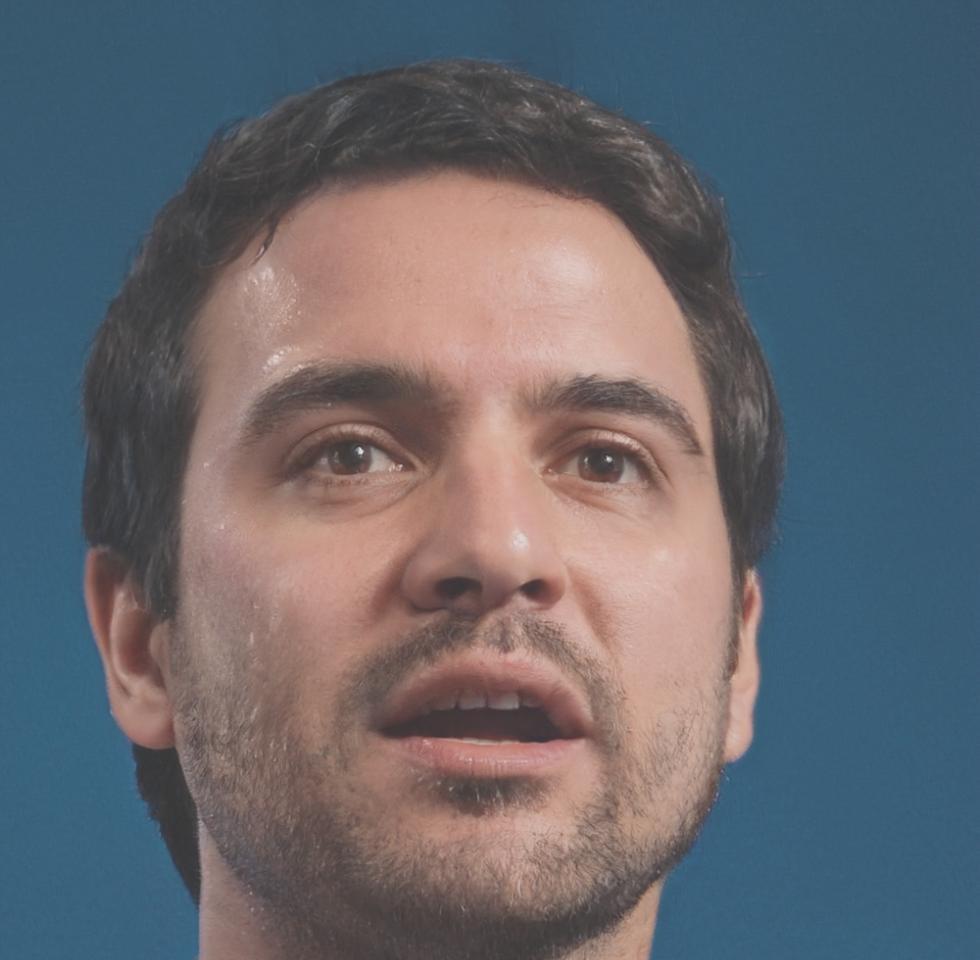We Started With a Question
Back in early 2023, our founder kept noticing something odd. Businesses would spend weeks building elaborate budgets, only to watch those plans become irrelevant within months. The spreadsheets looked impressive, but they didn't reflect what was actually happening on the ground.

From Frustration to Framework
The idea came from watching a manufacturing client struggle with traditional budgeting. They'd allocate funds by department, but their actual costs followed production activities that cut across those neat organizational lines. When a rush order came in, the budget showed green while cash flow screamed red.
That disconnect sparked something. We started testing activity-based approaches with a few willing clients in Metro Manila. The results weren't magical overnight transformations, but they were real. One logistics company reduced budget variance from 32% to 11% over six months. Not because they predicted the future better, but because they tracked what actually drove their costs.
By late 2024, we'd refined our approach enough to start offering structured training. Now in 2025, we work with businesses across the Philippines who want budgeting that reflects operational reality rather than organizational charts.
How We Actually Work
We don't believe in one-size-fits-all templates. Each business has different cost drivers, and our training helps teams identify and track what matters for their specific operations.
Activity Mapping
We help teams identify the actual activities that consume resources. Not departments or cost centers, but the processes that drive expenses. This usually takes three to four weeks of observation and data gathering before patterns become clear.
Cost Driver Analysis
Once activities are mapped, we work through what actually triggers costs. For a retail client, it wasn't sales volume but delivery frequency that drove logistics expenses. These insights reshape how budgets get built from the ground up.
Adaptive Planning
Traditional annual budgets assume stable conditions. Our approach builds in quarterly reviews that adjust allocations based on actual activity patterns. It's more work upfront, but it prevents those awkward mid-year budget crises where half the organization is overspent and the other half is hoarding funds.
The People Behind the Numbers
Our team brings together financial analysis experience with operational understanding. We've worked in manufacturing, logistics, and retail before focusing on budgeting education, which helps us speak the language of operations, not just accounting.

Stellan Vargström
Lead Instructor
Stellan spent eight years in cost accounting before realizing he was better at teaching others than doing the work himself. He developed our core curriculum and leads most of our intensive workshops. His background includes time with a beverage distributor where he first encountered activity-based methods.

Kasper Thornquist
Operations Consultant
Kasper bridges the gap between finance theory and operational reality. He worked in supply chain management for six years, which gave him insight into how activities actually flow through organizations. He handles the practical implementation side of our training programs.

What Guides Our Work
Operational Reality First
We prioritize understanding how work actually happens over fitting into neat accounting categories. Budgets should describe business operations, not the other way around. This means spending time on the floor or in operations before touching a spreadsheet.
Honest Limitations
Activity-based budgeting isn't a silver bullet. It requires more data collection and analysis than traditional methods. Some small businesses won't see enough benefit to justify the extra effort. We're upfront about when simpler approaches might work better.
Long-Term Capability Building
Our training programs run six to nine months because real skill development takes time. We're not interested in quick certifications that look good on LinkedIn but don't change how people work. Participants should be able to apply these methods independently by the end.
Context-Specific Application
What works for a logistics company won't work for a restaurant chain. We adapt methods to specific industry dynamics and organizational structures. Generic frameworks create generic results, and generic results don't help anyone make better decisions.